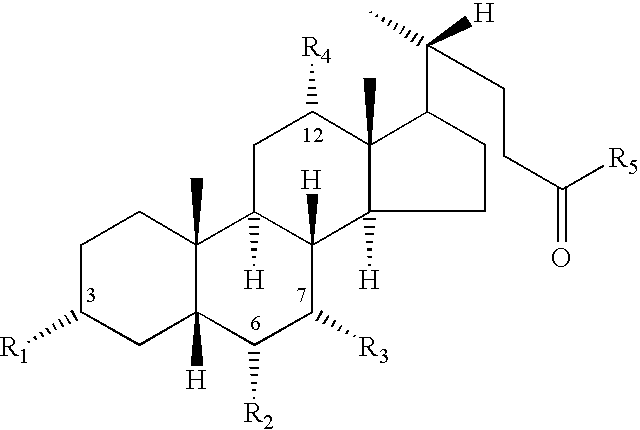Double metal cyanide catalysts for preparing polyether polyols
a technology of metal cyanide and polyether polyol, which is applied in the direction of metal/metal-oxide/metal-hydroxide catalyst, organic compound/hydride/coordination complex catalyst, physical/chemical process catalyst, etc., can solve the problem of no longer necessary process of removing catalysts from polyether polyols, dmc catalyst reduces the induction time in the polyaddition reaction, etc. problem, to achieve the effect of increasing catalyst activity
- Summary
- Abstract
- Description
- Claims
- Application Information
AI Technical Summary
Benefits of technology
Problems solved by technology
Method used
Image
Examples
example 1
Preparation of a DMC Catalyst Comprising a Phosphorus Compound and an α,β-Unsaturated Carboxylic Acid Ester (Catalyst I):
[0125]A solution of 12.5 g (91.5 mmol) zinc chloride in 20 ml distilled water was added to a solution of 4 g (12 mmol) potassium hexacyanocobaltate in 70 ml distilled water with vigorous stirring (24,000 rpm). Immediately thereafter, a mixture of 50 g tert-butanol and 50 g distilled water was added to the suspension formed and the mixture was then stirred vigorously (24,000 rpm) for 10 min. A mixture of 0.5 g polyethylene glycol diacrylate (Mn 575 g / mol) and 0.5 g 2-phosphonopropionic acid triethyl ester, 1 g tert-butanol and 100 g distilled water was then added and the mixture was stirred (1,000 rpm) for 3 min. The solid was isolated by filtration, subsequently stirred (10,000 rpm) for 10 min with a mixture of 70 g tert-butanol, 30 g distilled water, 0.5 g glycerol tricaproate and 0.5 g 2-phosphonopropionic acid triethyl ester and filtered again. Finally, the sol...
example 2
Preparation of a DMC Catalyst Comprising a Phosphorus Compound and a Cyclodextrin (Catalyst II):
[0129]The same procedure as set forth in Example 1 was used, except that instead of using polyethylene glycol diacrylate and 2-phosphonopropionic acid triethyl ester, 2,6-dimethyl-β-cyclodextrin (BETA W 7 M 1.8, available from Wacker-Chemie GmbH, D-81737 Munich) and 2-phosphonopropionic acid triethyl ester were used as the complexing components.
[0130]Yield of dried, pulverulent catalyst: 4.8 g.
[0131]Elemental analysis:
example 3
Preparation of a DMC Catalyst Comprising a Phosphorus Compound and a Polyester (Catalyst III):
[0133]The same procedure as set forth in Example 1 was used, except that instead of using polyethylene glycol diacrylate and 2-phosphonopropionic acid triethyl ester, poly(2-methyl-1,3-propylene glutarate) (Mn 1,020) and 2-phosphonopropionic acid triethyl ester were used as the complexing components.
[0134]Yield of dried, pulverulent catalyst: 4.4 g.
[0135]Elemental analysis:
PUM
| Property | Measurement | Unit |
|---|---|---|
| pressures | aaaaa | aaaaa |
| temperatures | aaaaa | aaaaa |
| pressure | aaaaa | aaaaa |
Abstract
Description
Claims
Application Information
 Login to View More
Login to View More - R&D
- Intellectual Property
- Life Sciences
- Materials
- Tech Scout
- Unparalleled Data Quality
- Higher Quality Content
- 60% Fewer Hallucinations
Browse by: Latest US Patents, China's latest patents, Technical Efficacy Thesaurus, Application Domain, Technology Topic, Popular Technical Reports.
© 2025 PatSnap. All rights reserved.Legal|Privacy policy|Modern Slavery Act Transparency Statement|Sitemap|About US| Contact US: help@patsnap.com

